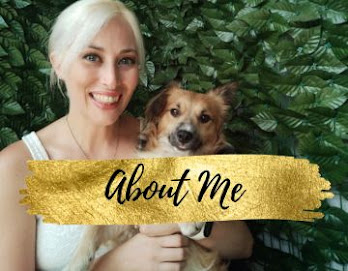Blogging
What is the difference between JPEG and PNG files?
Disclosure: The FTC Disclosure Provision is a law that requires influencers to disclose when they are being paid to promote a product or service. So please know that if I'm not making money through affiliate links/sponsored content on the post you're currently reading, it's an oversight on my part and will be corrected soon. Read the full disclosure about all the legal stuff here.
With multiple options available for your images, the decision about which format is best to use for your book blog can seem complicated. Don't worry! This post will cover two of the most popular file format options; JPEG and PNG.
You might also like: Ways to Compress Images for Blog Posts
What is a JPEG file?
Joint Photographic Experts Group file, known commonly as JPG or JPEG, are one of the most common formats for digital images. JPEGs are easier to store and load on web-pages. JPEG images can contain up to 16 million colors.
A JPEG file should be used in any situation when it’s important to have a small file. This means it's generally the best option for book bloggers who have limited disk space (e.g. those who use the free WordPress option to host their book blog).
JPEG's are naturally smaller in size than PNG images, but there are numerous tools that will allow you to shrink the file further. This is useful for blog images because the smaller size will increase the speed at which the page loads as well as taking up less disk space.
What is a PNG file?
Portable Network Graphics files, known commonly as PNGs, are compressible and like JPEGS, can handle 16 million colors.
PNGs are mostly used for web graphics, logos, charts, and illustrations because they take up more storage space than JPEGs.
A big benefit PNGs offer that JPEGs don’t is the ability to handle transparent backgrounds. So if you need a transparent background, for example for a logo, this is the best option.
Compressing JPEGS and PNGs
JPEGs
JPEGs use a lossy compression process that means some data from the image is permanently deleted when it’s made smaller. This means that the more you compress the file the lower the quality of the image will become.
PNGs
PNG use lossless compression. This means no data is lost when the image is compressed so the quality stays the same. The image won’t become blurry or distorted no matter how many times you edit and save it.
Which image format is best to use for a book blog?
PNG format takes up more storage. Unless you need a transparent background for your graphic, JPEG is better for online use. JPEG contains less data and so is naturally a smaller in size.
Given their widespread usage, JPEG files are also viewable and editable across a wide variety of operating systems and programs and so you’re unlikely to need specialized software to work on them.
Although they may lose quality with their lossy compression, JPEGs can reduce large images down into more manageable file sizes. This is super helpful if you don’t have a huge amount of disk space available for your book blog. It can also speed up page loading times. PNGs are generally larger than JPEGs.
You might also like: Blogger VS Wordpress: The Pros and Cons
You might also like: Should Book Bloggers Be Paid?
If you'd like to support me, donating goes a long way to helping with the running of this blog. Thanks for your support 💗





.jpg)

.jpg)


.jpg)


.jpg)

.jpg)


0 comments